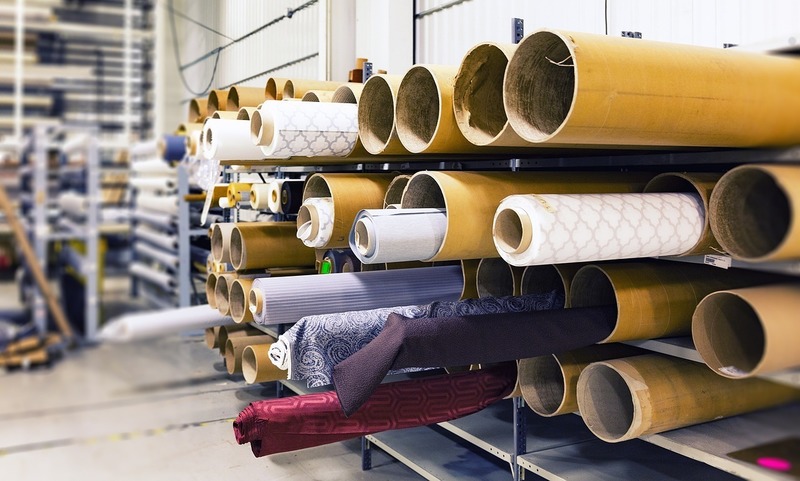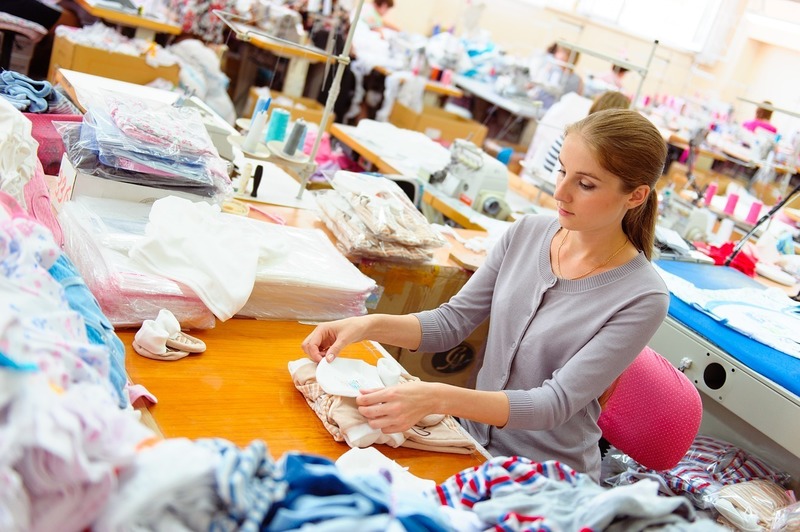Manufacturing in China: The Ultimate Guide for Non-pros
542
0
·
2019/11/17
·
6 mins read
☕
WriterShelf™ is a unique multiple pen name blogging and forum platform. Protect relationships and your privacy. Take your writing in new directions. ** Join WriterShelf**
WriterShelf™ is an open writing platform. The views, information and opinions in this article are those of the author.
Article info
Tags:
Date:
Published: 2019/11/17 - Updated: 2020/02/15
Total: 1484 words
Like
or Dislike
More from this author
More to explore












The advantages of manufacturing in China cannot be overlooked, but neither can their challenges. Creating a brand new product is an exciting prospect. If this is your first time, you have a lot to learn. Don’t let that dampen your spirits. We’re here to help. Here is everything you need to know when getting started in outsourcing manufacturing to China.
1. Getting Your Design Ready
Before you go through all the steps of getting a product made in China, you need a killer design. Your product doesn’t become a hit when it goes on sale. That actually starts in the design phase.At this point, you’ve probably done some research. You know what products are similar, and how you can do better. You see the problem and you have a solution. Now you need to convert that idea into a physical design. Every product designer will have a different process:Sketch It Out. 2D drawings of a few versions of your design idea lets you see a range of possibilities. You can easily change colors, switch out materials, and play with features before going to the next step. 3D Design. A CAD design of your product lets you see it from every angle. The configuration and dimensions of the product are determined, and you get a clear visualization of what it’ll look like when it’s built. Augmented reality tools allow you to digitally place your object in space, giving you a better sense of scale.3D Printed Prototype. The benefit of a CAD design is that it can be printed. Seeing your product on a screen is one thing. Holding it in your hand gives you a much better idea of the size and shape of the end product.With the design finalized, the designer will create all the files and measurements that a factory needs to produce the end product.
2. Working with Chinese Factories
Right now, it isn’t difficult to find a factory in China. There are listings sites like Alibaba that will connect you with producers all over the world. However, it is difficult to verify whether they’re up to the task.Sourcing agents can make the task easier, but come with their own risks. Often they are secretly working on the factory’s behalf, rather than finding the right producer for you. Rarely are they transparent with their fees and markup.Factories on Alibaba and sourcing agents know that people wouldn’t be using them if they were familiar with manufacturing in China. They often take advantage of that.We recommend finding a partner like Gembah that is familiar with the manufacturing landscape, and is on your side through the whole process. Gembah only works with factories that have a proven track record. We visit them in person and verify they can back up their claims.Finding the factory is just one part of the equation. To make your production run go smoothly, you need to know how to work with producers. Let’s get into the business culture and manufacturing landscape:The Culture. While many first-timers are concerned about the language barrier, the culture gap is ultimately trickier to navigate. Most factories on Alibaba have representatives that speak English. You need to speak their business language if you want to be successful in China.
Chinese business culture is known as guanxi. Whatever you know about dealing with companies at home you can (and should) throw out the window.
Here are some key components of guanxi: You’re building a relationship. The factory owner will want to meet you, have dinner with you, and build a connection. It’s not simply a question of “what can you do for me?” It might be that way in Vietnam or the U.S., but business in China is more people-oriented.
They want to get to know you first.
They want to know you’re committed to long term. It’s a yes-oriented culture. You’ll be hard pressed to find a factory that will tell you they can’t do something. That’s why it is essential to see them at work, to look at what they’ve made before, and get a production sample before starting on the full production run.You need to pay them on time. This is good advice no matter what country you’re operating in, but when manufacturing in China, you need to be timely with your payments if you expect to keep production on schedule.Sampling. Sampling is the point in this process where the factory figures out the final cost of production and you get to inspect the quality of their work. You may go through multiple iterations and revisions before you reach the final “golden sample” that will be used to mass produce the rest. This becomes your control that can be used to measure the quality of every proceeding product that comes off the line.
There are three types of samples, each comes into play at various points in the process.
Construction - Here, the factory takes first pass at understanding the cost of making the final product.
Design - Most sampling occurs here. These samples are used to finalize all characteristics of the final product.
Production - The factory will use a final or “Golden Sample” to mass produce the product.Have a Backup. Always have a plan B. Have one or two factories you can fall back to if your first choice doesn’t work out. Get samples from multiple factories at the onset. That way you can weigh the capabilities and costs of multiple factories. You’ll pick the winner, but keep the rest as a fallback. The sample cost is minimal and can mitigate risk big time.
Types of Factories.
To build your supply chain within China, you need to have a basic understanding of the types of factories you’ll be dealing with.
Raw Material Factory - These facilities produce the essential materials that are then fabricated into components or products. One factory might exclusively mill cotton while another creates plastic pellets. Those are then sent to other factories to be turned into components or products. China has a big advantage when it comes to materials. It’s a large country with vast natural resources. It’s unlikely that you will need to import materials into China to get your product made. Doing so would lengthen your product’s lead time. That’s one of the reasons the nation is so appealing to manufacturers.
Component Factory - These factories produce parts that are then incorporated into a final product. One component factory might produce only zippers. Those then end up in pants, purses, and wallets produced by a range of brands
Assembly Factory - This is where the product gets made. They take materials and components from other factories and creates the final product that can be marketed and sold.Lower Minimums & High Scalability. If you have a smaller order, you are most likely going to deal with just the assembly factory. Raw material and component factories have high minimum order quantities. You might not be able to meet that minimum, but the assembly factory can order materials in bulk and use them for all their customers. That allows them to offer lower minimums.
For a larger scale production run, you aren’t stuck with whatever the assembly factory offers. You can find your own raw materials and components at a higher quality or lower price (or both). As you scale, you can expect to improve your cost per order as you actively optimize your supply chain.
One of the advantages of manufacturing in China is that factories often require relatively low order minimums, while offering high scalability. If you’re just starting out and have ambitions for growth, you’re in the right place.Intellectual Property. This is a hot button issue now, but it shouldn’t deter you from working in China. To understand the source of this conflict, it helps to realize that the idea of intellectual property is relatively new to Chinese business. To the factories, the idea that someone else can “own” something that they make is foreign. Why shouldn’t they be able to then produce and sell that product for themselves?
Today, Chinese producers are much more understanding of their customers’ need to protect IP. Furthermore, there are precautions you can take to protect yourself from intellectual property theft. To start, you can protect the borders of where you are selling by filing a provisional, design, or utility patent. Provisional patents are used when the design is not finalized, and cover you for 12 months.
Utility patents cover a novel use for a device or product.Design patents pertain to the look and shape of the product.These ensure your product can make it into the U.S. without risk of seizure due to IP concerns.
At Gembah, we have an entity set up in China so that contracts hold up with the factory and IP can be protected there. If we find unauthorized reproduction of a customer’s product, we can put up a stronger legal defense.
Article orginally appeared here: https://gembah.com/manufacturing-guides/manufacturing-in-china-like-a-pro/